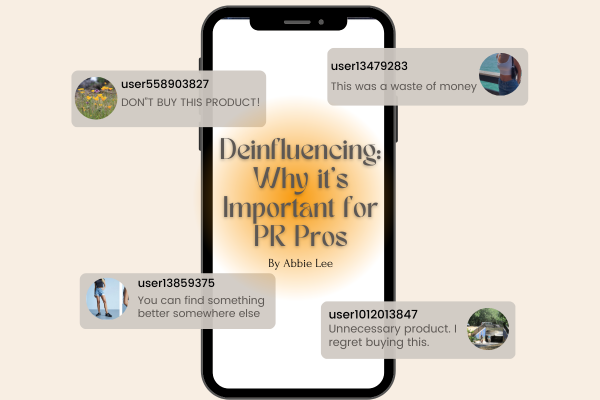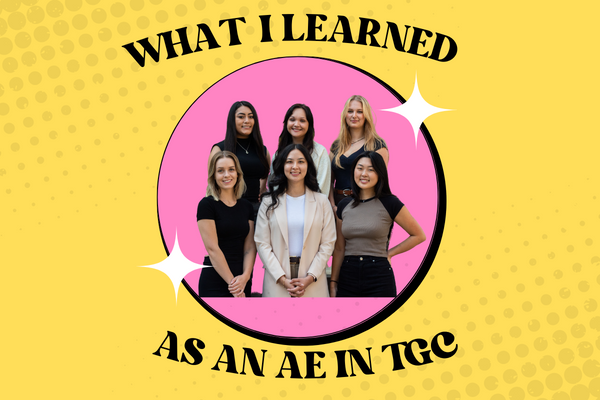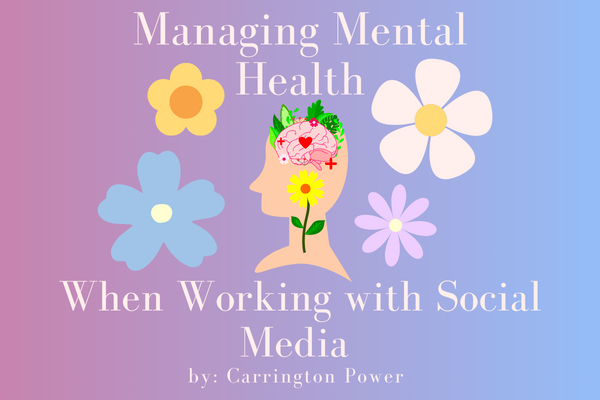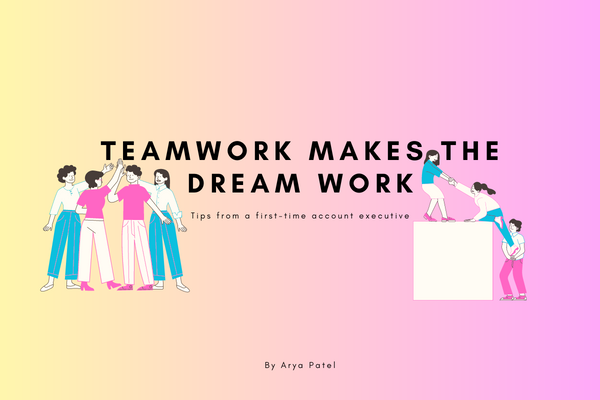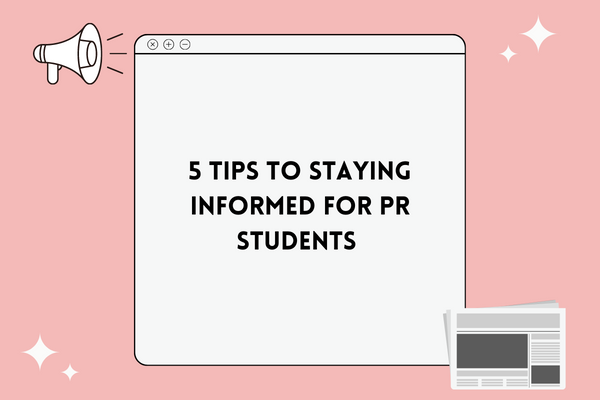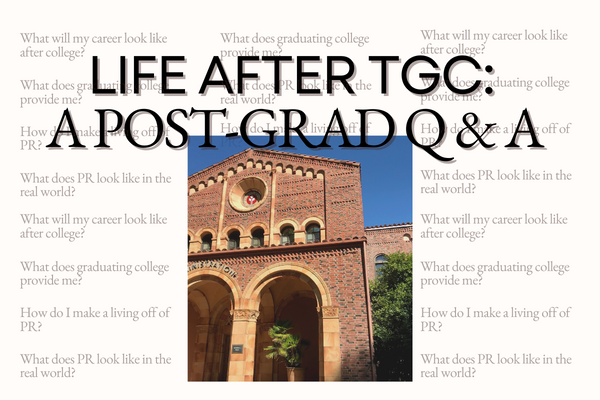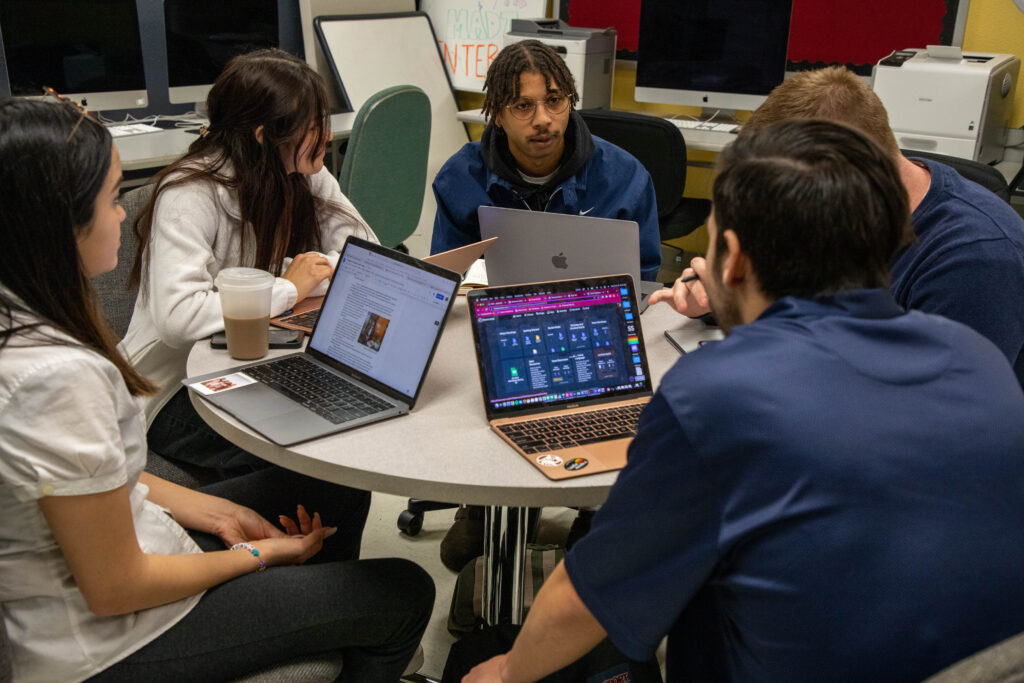By Skylar Trostinsky
Graduating university can be a rewarding experience, going through four years of learning, research and personal development after completing 13 years of similar instruction prior. But it can also be daunting, nerve wracking and just plain scary. As a graduating student, I find myself unsure about my future and where I’ll end up. Not because I don’t think I’ll find a job, but because I have constant questions about life post-grad.
Today I sit with Mia Taxin, a recent graduate from Chico State’s journalism program, to discuss some questions I think of when I picture my future self.
Q: Tell us a bit about yourself: How is life after graduation?
A: Hi all! My name is Mia Taxin and I graduated Chico State in May of 2022. I received my degree in Journalism Public Relations and am currently living in San Francisco, working as an Account Coordinator for a tech consumer PR agency called Cutline Communications. I get to work with clients like TikTok, eharmony, Waymo and more! So far, I’ve learned that life after graduation is all about balance. When I first moved to San Francisco in July, I had no idea how things would go – so if you’re feeling nervous for post-grad life, that is so normal. However, after the first few months, everything starts to fall into place and you can begin enjoying the start of your career!
Q: What does having graduated college mean to you?
A: Graduating college is a huge accomplishment, and most importantly I’m proud that I’m able to apply my degree for a job that I’m passionate about. I spent the majority of my senior year networking and spending long hours trying to find the perfect job for me, but in the end it all fell into place by using connections available to me. Graduating from Chico State was bittersweet, but I knew I’d be leaving with a strong circle of mentors and relationships.
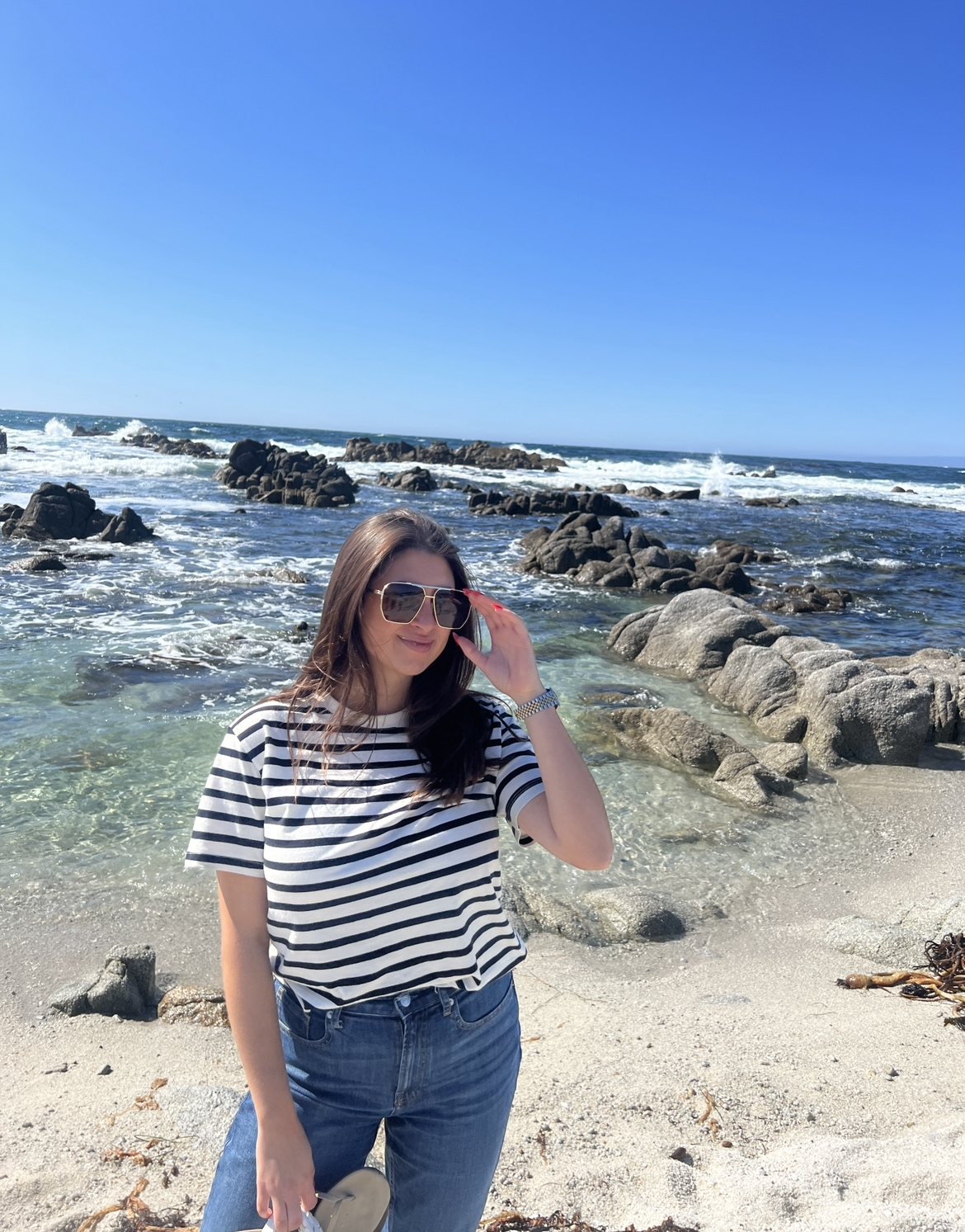

Q: How has your position in TGC translated to your career today?
A: During my time at TGC, I was the General Manager and an Account Lead. During my role in these positions, I learned valuable skills such as time management, professionalism, public speaking, detail orientation and organization. These tools have led me to succeed in my role while perfecting the foundations of PR such as media lists, speaking/award submissions, client facing meetings, and providing overall support to my agency.
Q: What drew you to your current job at Cutline?
A: When I first interviewed at Cutline, my team was what initially sparked my interest in wanting to pursue a job with the company. Cutline is female-owned and operated, so I immediately felt inspired by the amazing group of people I now call my mentors. Numerous folks at my agency have been in the PR industry for many years, and have taught me lessons that will stay with me for the rest of my career.
Q: Is there anything you wish you utilized during your time at Chico State?
Securing a job before graduating is a rare achievement, so be patient with yourself, use those LinkedIn connections and the rest will fall into place!
A: One thing I learned towards the end of my time at Chico State, is the importance of networking. I didn’t utilize my connections until graduation was approaching, and TGC students are blessed to become part of such a wonderful network of alumni and opportunities. For an upcoming graduate, I would encourage you to reach out to all professors in your interest of study, and other Chico State alumni on LinkedIn for further support.
Q: What drives you to achieve your goals today?
A: A mentor of mine once told me that in your first few years of post-grad life, you should either be learning or earning. You can either be in a position to soak up a plethora of new information and grow your connections at a strong company, or save up your salary to buy yourself more time towards your dream career. Right now, I’m truly enjoying where I’m at, and I’ve achieved my goal of learning something new each day on the job. For me, that’s a success and I’m looking forward to continuing to grow!
Q: What does PR even look like in the real world? Can you tell us about some of your daily tasks?
A: What I love about PR, is that no two days ever look the same (cheesy, right?). On a daily basis, my tasks could include drafting agendas, note taking for client meetings, developing media lists, brainstorming pitch angles, pitching reporters, drafting speaking/award submissions, monitoring the news for client/competitor coverage, and so much more!
Q: What challenges have you faced since beginning your career?
A: I learn a new lesson each day! The biggest takeaway I’ve learned from working at a PR agency is the importance of being detail oriented. Proofread, proofread, proofread! This industry prides itself on small details, and delivering quality work. Honing in on those small tweaks, as well as clearly communicating deadlines and your work bandwidth, will set you up for success from the beginning.
Q: Tell us about a project/client/campaign you are particularly proud of? What made you proud of that work?
A: From the first day I started at Cutline, one client I’ve always been passionate about is TikTok. I’ve loved seeing their continuous passion for uplifting niche TikTok communities, as well as watching creators on the platform continue to grow. Towards the end of 2022, my agency supported an event/campaign called The Discover List, which aims to spotlight a group of global, diverse creators who are making a tremendous impact on and off TikTok. I was so proud to see my team’s hard work pay off, and celebrate an amazing group of creators!
Q: Does your agency have opportunities that TGC staffers may be interested in? For example, summer internships, job offers?
A: We are always open to viewing new applications! I encourage you to reach out to me on LinkedIn if you’re interested in learning more about opportunities at Cutline. I’m always happy to pass along a resume for a fellow TGC member!
Q: Finally, what advice would you give current and future TGC staffers that you wish you received before graduating?
A: Everyone is on their own path, so focus on your own lane. I used to be so worried about my career progress after graduation, but being nearly a year out, I see that everyone is growing at different paces. For now, focus on using your connections, perfecting your resume, and showing up to job interviews/opportunities with a positive attitude.
I love this advice from Mia. Instead of focusing on other people’s paths, create goals to ensure you have a clear path of your own! Graduating university is a rewarding achievement and, with Mia’s help, we can now enter the post-grad chapter of our lives together with ease.


